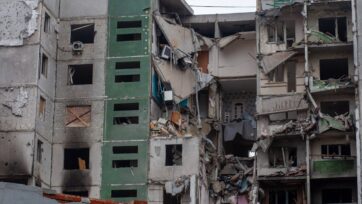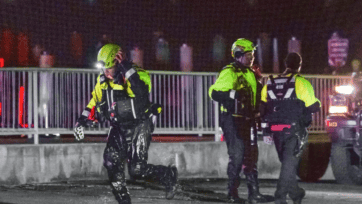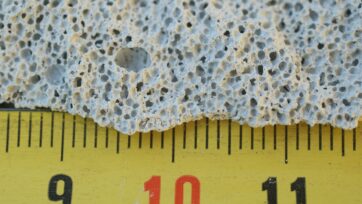(Image credit: Robert Couse-Baker, Pxhere 2017)
Unexpected failures in aging aircraft present urgent engineering challenges that demand swift, systems-informed intervention. A recent example comes from the U.S. Air Force’s T-38 Talon program, where a critical structural crack prompted immediate action to maintain operational safety.
First introduced in 1961, the T-38 remains a key component of the U.S. Air Force’s training fleet. When a large crack was discovered near the cockpit in a fuselage longeron—an essential structural element—the fleet was immediately grounded for inspection. Within four days, all T-38s underwent visual checks. The incident prompted a rapid engineering response led by Southwest Research Institute (SwRI), a long-standing technical partner to the Air Force in aircraft life extension and structural analysis.
Supporting Fast, Data-Driven Decisions
SwRI engineers quickly deployed updated risk and damage tolerance assessments to support decision-making. Using a combination of finite element models, crack growth simulations, and destructive failure analysis, they confirmed that fatigue cracking caused the issue. The discovery of a second crack during further analysis highlighted the need for adjusted, but not overly disruptive, inspection intervals while replacement of the affected components could be scheduled.
By updating their predictive models with new data, the engineering team enabled the Air Force to resume safe operations while keeping inspection frequency manageable and risk acceptably low.
References
Southwest Research Institute 2025, ‘Rapid response to address critical aging aircraft issue’, ScienceDaily, viewed 8 May 2025, https://www.sciencedaily.com/releases/2025/03/250318141134.htm
Couse-Baker, Robert 2017, Pxhere, viewed 8 May 2025, https://pxhere.com/en/photo/395649


























